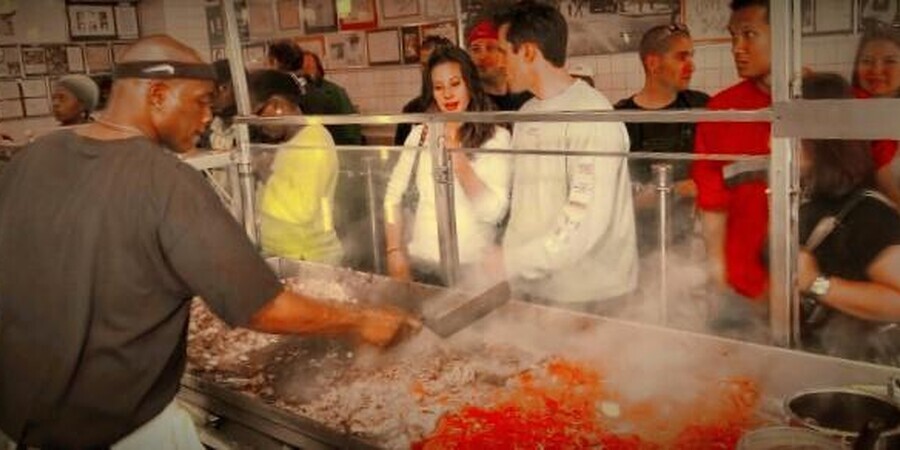Philadelphia, PA - History and culture are interwoven in the neighborhood of South Street in Philadelphia, Pennsylvania. The area is home to prominent black figures, including civil rights activist W.E.B. Du Bois, who lived here. The neighborhood also contains several historic buildings and has seen changes over the years. For more information on this neighborhood, check out our article.
North of Spruce Street
The section of South Street north of Spruce Street in Philadelphia, Pennsylvania, is part of the city's gridiron street system. The area was originally called Cedar Street and was populated by Dutch, Swedish, and Irish in the early 1800s. In the early 1900s, the area became a hub for Jewish, Italian, and African-American cultures. The area is also the site of one of Philadelphia's first permanent theaters, built-in 1818 at Leithgow Street.
Although the Royal Theater closed in 1970, the neighborhood still features an active artistic community. It has survived the city's economic downturns and demographic shifts. A prominent arts venue on South Street is the Theater of Living Arts, which opened in 1908 as the Crystal Palace. Originally, the theater had 500 seats and served as a movie theater and concert hall. It was later converted into a live concert venue. Today the building houses Rex at The Historic Royal Theater.
Home of civil rights activist W.E.B. Du Bois
Du Bois' life is a multifaceted one. He was an activist, educator, and writer. He became the first African American to receive a Ph.D. from Harvard University and was a prolific writer. His work changed the course of human rights in the United States, and his doctoral thesis became the standard text for African American education. Du Bois also helped establish the United Negro College Fund, which sponsored several Black-owned colleges.
Du Bois' residence, which was once at 617 Rodman Street, has long been demolished. The building is now a playground called the Starr Garden. There is a historical marker at the site. Du Bois lived in Philadelphia from 1865 to 1897.
Du Bois was active in the black rights movement throughout his life, and he later became a college professor. He became the general secretary of the Niagara Movement, a protest group of educated African Americans. He later became a leading figure in the movement and helped to establish the National Association for the Advancement of Colored People.
Mainstays of the neighborhood
The historic South Street neighborhood has a vibrant artistic community. Its cultural venues have endured despite the city's many demographic changes and economic downturns. The Historic Theater of Living Arts, built-in 1908 as the Crystal Palace, is now a live music venue and theater.
This historic street in the heart of Philadelphia is a vibrant place to hang out and enjoy the arts. It is a cultural hotspot characterized by eclectic shopping and dining. It was home to an open-air food market near Second and South Street during the nineteenth century. The eastern half of the street was dominated by garment workshops. The fabric row adjacent to Fourth Street was a cheaper alternative to the department stores dominating Center City.
The South Street district is also home to a pop-up garden created by the Pennsylvania Horticultural Society. This urban oasis features an array of dining options and outdoor seating.
Changes to the neighborhood
Recent changes to South Street have been controversial. Some residents believe the increased police presence is a negative factor contributing to the drop in business. Others feel the increased security measures are long overdue. In any event, the commissioner of police has asked for the community's input on the changes.
One major change to South Street in Philadelphia involves limiting the use of code-notice violations as criminal offenses. In the past, these crimes could result in criminal charges such as disorderly conduct, public drunkenness, or obstructing a highway. The changes are part of Philadelphia's criminal justice reforms. While the changes are positive, some business owners feel that the current system is disproportionate.
Many neighborhoods experience a similar evolution. Initially, rents decline, and artists move in. Eventually, real estate developers buy properties and bring in high-paying tenants. The South Street area became home to major companies like Gap, Blockbuster, and Tower Records. The area also had restaurants.


